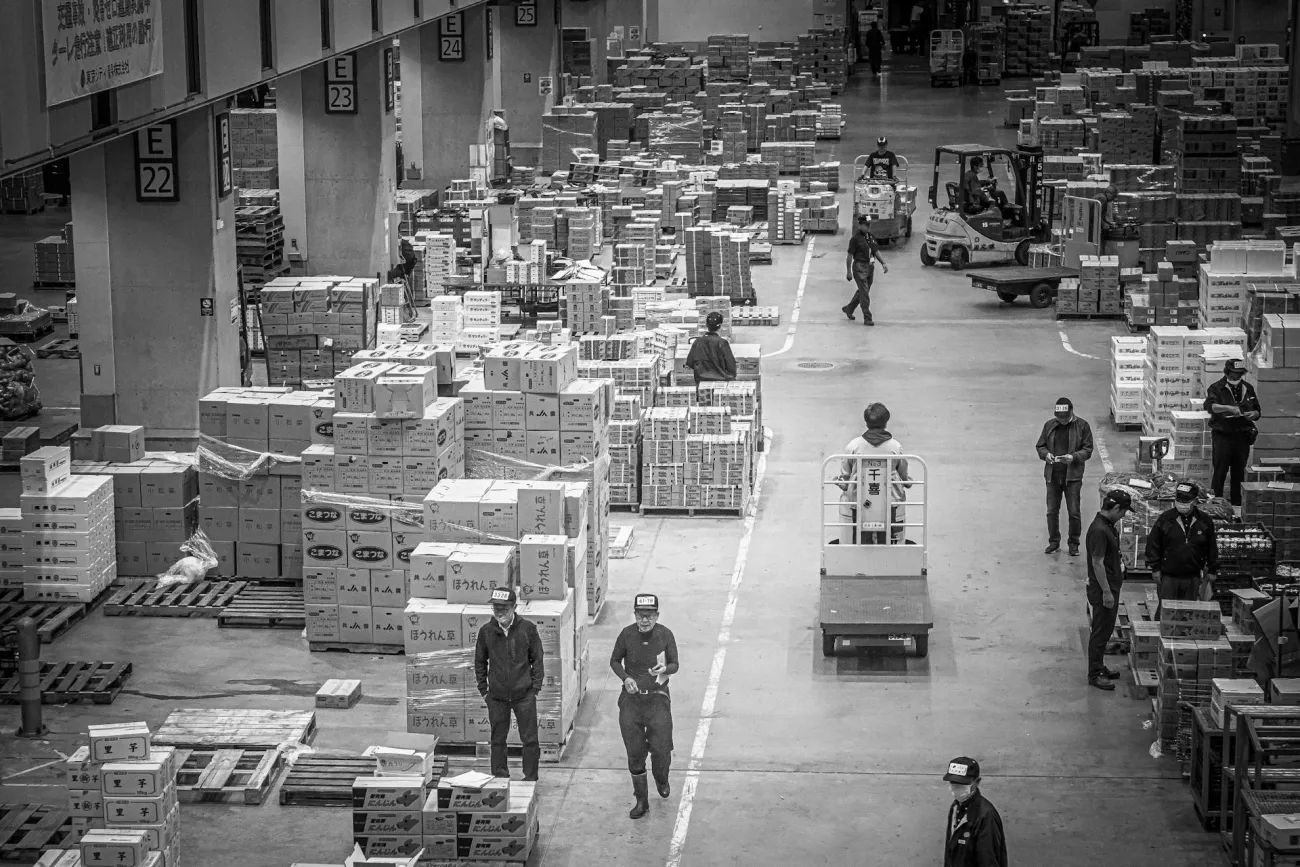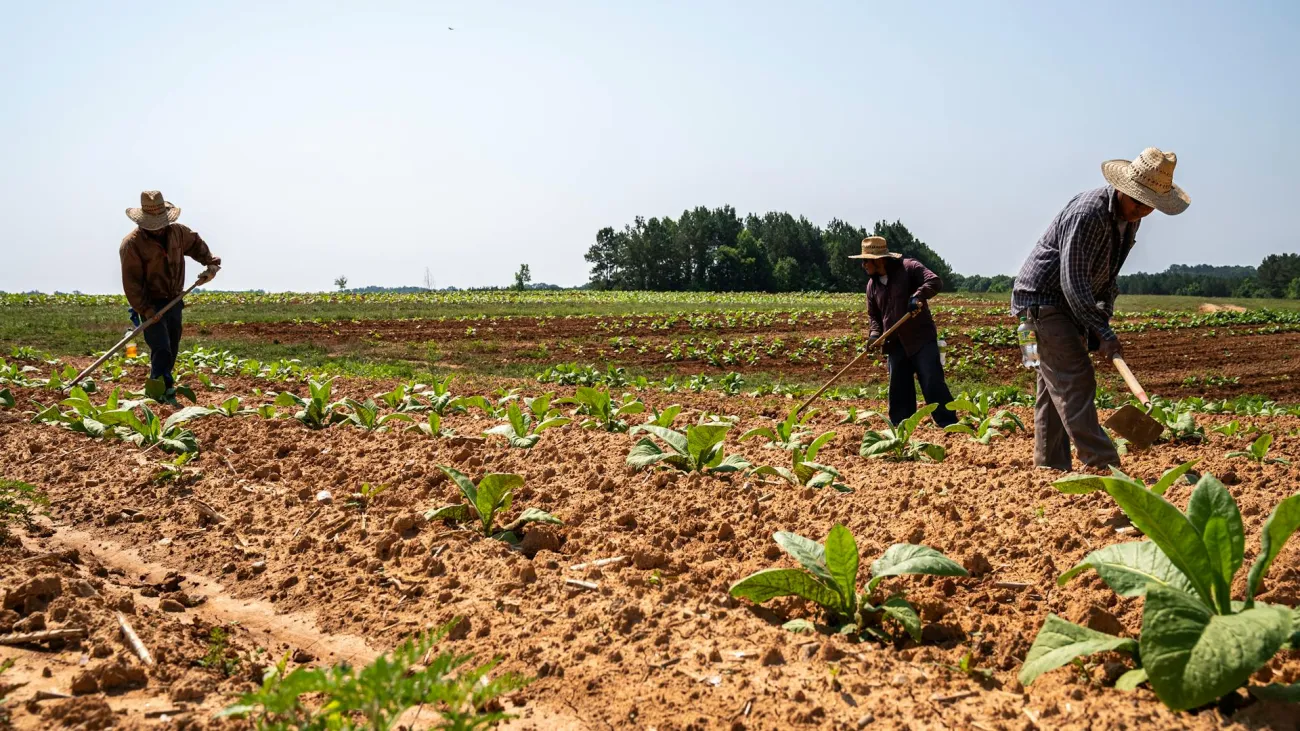This article examines financialisation - i.e. the development of investment opportunities and financial products such as futures contracts for agricultural commodities, index funds, speculative investment in real estate and insurance - in the agricultural and food sectors.

The authors describe three interlinked mechanisms by which financialisation works in the agrifood sector.
- Financialisation expands the reach of money markets. New ways have been developed for investors to get a return on their money, e.g. speculation on futures markets, bundled index funds and real estate investment trusts. These financial markets have expanded since the US government deregulated them in the 1980s. Speculation can increase food and land prices, encouraging further speculation. When investment funds buy land, farmers are often transformed from owners to renters, but often still bear costs such as property taxes, maintenance and insurance while investors are insulated from these risks. Insurance products and derivatives are promoted to farmers, supposedly to hedge against price fluctuations and natural hazards. The authors state that these products actually transfer risk to farmers, because they do not guarantee security.
- Making money for shareholders becomes a top priority. Shareholders, particularly fund management firms, have been known to put pressure on the managers of agrifood businesses to increase shareholder dividends. Methods can include merging with other companies, cutting research investments, shifting costs to producers and suppliers (see our summary of the report Farmers talk food waste: supermarkets’ role in crop waste on UK farms) and externalising environmental and social costs.
- Financialisation of the food system creeps into daily life. Insurance products are commonly bundled with other services for farmers, such as buying seeds. The paper argues that the widespread availability of such tools for hedging against risks (say, from weather or price changes) has shifted responsibility away from state-backed agricultural support schemes and onto individual farmers. The viewpoint that it is a farmer’s own fault if they suffer a loss - because they should have been insured - is now normalised, the paper argues. Such tools are now being promoted to farmers in developing countries, e.g. farmers who borrow from Indian state banks have to buy index-based agricultural insurance policies (which pay out if there is bad weather rather than if the farmer suffers a low yield). Consumers are encouraged to use credit cards to buy food through promotions such as loyalty points. Sometimes food assistance in developing countries has been provided via debit cards that can only be spent at approved retail outlets, which are typically linked to the global financial markets and sell food grown using industrial farming methods. In developed countries, citizens often rely on pension funds, which often include agrifood investments, for security in retirement.
The authors argue that the three modes of financialisation outlined above often reinforce each other and have three main implications.
- Worsens inequalities in power and wealth. Financial instruments provide channels to transfer money, generally favouring those with more wealth and power. Speculation can lead to price volatility, creating new opportunities for instruments design to profit from price changes. The focus on shareholders leads to corporate consolidation, concentrating power within the supply chain. Individuals with less wealth and power become more dependent on insurance products, reinforcing the markets for financial products.
- Makes food systems more fragile, ecologically and economically. For example, financial markets can be very unstable. Prioritising shareholders often puts jobs at risk. Promotion of high-tech farming methods such as genetically modified seeds erodes knowledge of other farming systems. The focus on finance eclipses the other social and environmental roles played by the food system, such as preserving biodiversity, supporting livelihoods and even providing food.
- Obstructs forces for change. Financial instruments are often so complex that it is difficult for citizens and policymakers to know how to address the problems they can cause. Furthermore, the large corporations created through mergers have the money and power to lobby for laws that suit them. As risk management is promoted as an issue for individuals, the need for systemic reform in the food chain is obscured.
Overall, although some actors have benefited from financialisation, the interconnected mechanisms and effects threaten the future ability of the food system to provide livelihoods and food security. The authors call for further research into alternative financial arrangements.
Abstract
This article examines the rise of financialisation in the agrifood sector and maps out both the way it has unfolded as well as its implications. The article argues that financialisation has opened up new arenas for capital accumulation in the agrifood sector; reshaped the agrifood firms in ways that respond to demands of shareholders; and transformed everyday practices of food and social provisioning. The authors make the case that these three broad processes, while each important in their own right, are interconnected and mutually reinforcing. The article also argues that the complex iteration of financialisation in the agrifood sector carries three important implications for the long-term social and ecological sustainability of food and agricultural provisioning: it exacerbates the existing imbalances of power and wealth in the food system; it increases economic and ecological vulnerabilities within agrifood systems; and it has evolved in ways that impede and dampen collective demands for change and resistance. Taken together, these wider implications of financialisation in the agrifood sector present a direct challenge to the ability of food systems to provide livelihoods and food security over the long term.
Reference
Clapp, J. and Isakson, S.R. (2018), Risky Returns: The Implications of Financialisation in the Food System. Development and Change. 00(0): pp.1–24.
Find the full article here. The authors are bringing out a book in April 2018: Speculative Harvests: Financialization, Food, and Agriculture. See also the Foodsource resource How do food systems link multiple issues and concerns?




Comments (0)